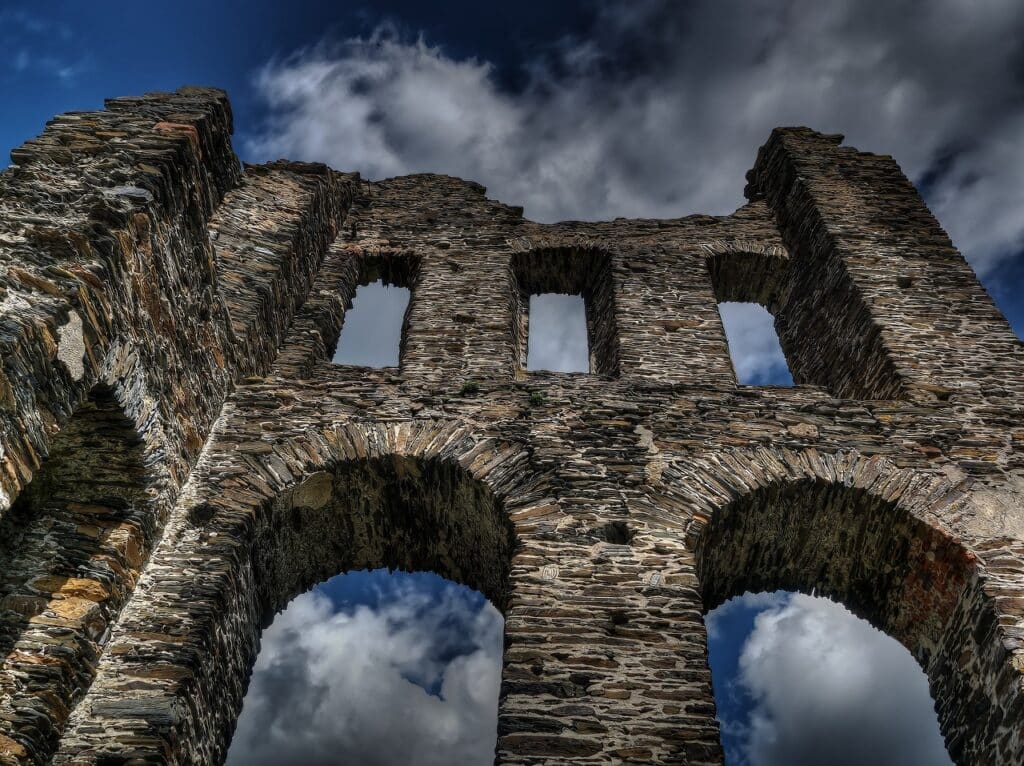Explore the rich history of the Medieval Age and its significance in shaping the world. From the rise of feudalism to the Crusades, learn about the cultural, political, and economic developments of this fascinating period.

The Medieval Age, also known as the Middle Ages, was a period in European history that lasted from the 5th to the 15th century. During this time, the continent experienced significant cultural, political, and economic developments that had a lasting impact on the world.
The Medieval Age is commonly divided into three parts: the Early Middle Ages (5th-10th centuries), the High Middle Ages (11th-13th centuries), and the Late Middle Ages (14th-15th centuries). The Early Middle Ages were characterized by the collapse of the Western Roman Empire, invasions by barbarian tribes, and the spread of Christianity. During this time, Europe experienced political fragmentation, economic decline, and a loss of cultural and scientific knowledge.
However, the High Middle Ages marked a turning point in European history. The 11th and 12th centuries were a time of great expansion and prosperity, characterized by the growth of trade, the development of cities, and the expansion of feudalism. During this time, the Catholic Church played a significant role in shaping the cultural, political, and economic landscape of Europe. The papacy became a major power, and the monasteries became centers of learning and cultural preservation.
The Late Middle Ages were a time of great change, with the rise of powerful monarchs, the growth of trade, and the spread of the Black Death. The 14th and 15th centuries also saw the beginning of the Renaissance, a cultural movement that marked a shift from the values of the Middle Ages to a more humanist and secular outlook.
One of the defining features of the Medieval Age was feudalism, a social and economic system based on land ownership and the relationship between lords and vassals. Feudalism was a hierarchical system in which lords granted land to vassals in exchange for military and political support. This system provided stability and security, but it also resulted in the concentration of power in the hands of a few powerful lords.
The Medieval Age was also marked by several wars and battles, including the Crusades, a series of wars fought by Christians in the Holy Land between the 11th and 13th centuries. The Crusades had a significant impact on Europe, as they brought new ideas and technologies to the continent and encouraged trade and cultural exchange.
Another defining feature of the Medieval Age was the growth of the Catholic Church. The Church played a major role in shaping the cultural, political, and economic landscape of Europe. The papacy became a major power, and the monasteries became centers of learning and cultural preservation. The Church also provided social services and helped to maintain order, especially during times of political instability.
Despite the challenges of the Medieval Age, the period was also characterized by great cultural achievements. The Gothic style of architecture, which reached its peak in the 12th and 13th centuries, is one of the most recognizable symbols of the Medieval Age. The period also saw the growth of literature, with works such as Beowulf, The Song of Roland, and The Divine Comedy.
In conclusion, the Medieval Age was a period of great change and development in European history. Despite its challenges, the period was characterized by great cultural achievements, the growth of the Catholic Church, and the development of feudalism. The impact of the Medieval Age on the world continues to be felt today, and its legacy can be seen in the art, literature, and architecture of the modern world.

